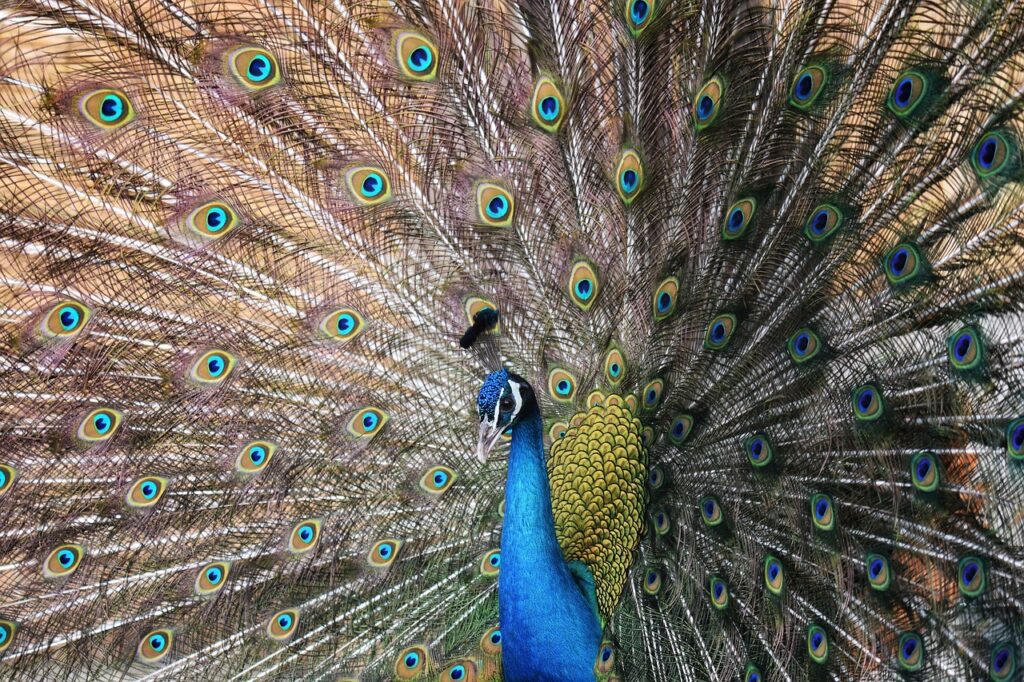Articles Art Artypaintgall: Organizing the Gallery Experience
1. Curatorial Rigor—Not Randomness
Every exhibition is thematic: movement, technique, cultural moment. Paintings must justify their place by either expanding or interrogating the theme. Less is always more. Extra works diluting the wall are a discipline failure.
Curation, not crowds, builds impact and memory.
2. Selection by Process
From articles art artypaintgall: Strong painting shows process—layered brushwork, edited marks, clear compositional decisions. Visible planning: underdrawing, texture, and paint handling that stands up across ten feet and ten inches. Consistency matters—solo shows hang best when works talk to one another.
Never hang a piece to “fill space”—each must earn its wall.
3. Prep, Documentation, and Hanging
All works are catalogued: artist, year, medium, technique, and provenance. Frames or mounts are chosen for restraint; never let ornament outshine paint. Hanging height (58–62” to center), spacing (stay sharp with air around each canvas), and lighting (true white, no glare) are all checked with routine.
Articles art artypaintgall is clear: Even the boldest works fail without structured display.
4. Lighting and Space—Discipline in Atmosphere
Uniform, coloraccurate LEDs; never harsh or dim. No direct sunlight or wild temperature shifts. Benches for slow looking—rest is part of the routine; standing rooms kill patience and attention.
5. Wall Text and Interpretation
Wall labels: Artist, title, year, media, and a twosentence commentary is enough. No dense essays—supplement with catalogues or QR codes for digital deep dives. Context over explanation—let viewers find their responses first.
6. Audience Flow, Security, and Care
Entry marks the thesis; visitor paths are mapped for narrative clarity. Security is routine: staff presence, cameras, and alarms logged daily. Climate control, cleaning, and artwork checks scheduled as strictly as opening hours.
Neglect or drift is never forgiven by paint or collector.
7. Signature Genres in Gallery Showings
Abstract
Geometry, gesture, or colorfield: work that holds together from a distance, rewards close approach. Clarity in color and edge is the mark of mastery.
Impressionist
Color and light win. Broken brush, open form, mood over detail. Hang to catch natural light where possible—routine check for how color and mood shift across the day.
Contemporary/Modern
Experimentation with material—mixed, overworked, layered. Shows best in sequences; the “throughline” of ideas and method should be mapped.
Figurative
Portraits and bodies, or narrative moments. Look for drawing discipline beneath the paint—gesture over copying.
Landscape/Cityscape
Structure and light first—detail is support. Display contrasts: rural to urban, night to day, season to season.
Structured hangs tell the best stories.
8. Interpretation—From Articles Art Artypaintgall
Invite questions, offer guided tours, and host talks with artists and curators. Digital/virtual tours multiply reach; use only highres, nodarkcorner photography. Archive feedback and sales to inform future shows.
9. Marketing, Access, and Reporting
Press releases and previews are scheduled, not random. Socials, websites, and lists are updated on a routine; community events are planned for engagement and learning. Every sale or lead is logged and reported in afteraction reviews.
Discipline compounds success.
10. Security and Documentation
All artwork is insured and logged before the show opens. Monitor guest movement and temperature/humidity hourly. Takedown is a mirror of install: checklists, logs, wrap, and transport with discipline.
11. For Artists: Prepping for the Gallery Wall
Photograph, document, and frame with exactness. Write a clear, oneparagraph statement per series. Prepare to engage: attend, answer, and leave routine contact points for buyers and critics.
12. For Collectors: Choosing With Structure
Audit provenance, process, and consistency of the artist. Log maintenance, display, and insurance for every piece; never let a masterpiece decay by neglect.
Pitfalls to Avoid
Overcrowded, unedited walls that confuse rather than focus. Underprepped work: weak frames, poorly cleaned glass, no documentation. Neglecting postexhibit review and data gathering.
Routine saves more art (and reputation) than genius does.
Conclusion
Gallery paintings that stand out are the residue of hard choices, routine review, and the ability to say no to clutter or distraction. Articles art artypaintgall reveals the backbone—build on process, hang with clarity, and only show what compels. Every wall, bench, and label should serve the routine of looking, learning, and remembering. Outedit, outlight, outlast—let discipline be the frame for all great art.
